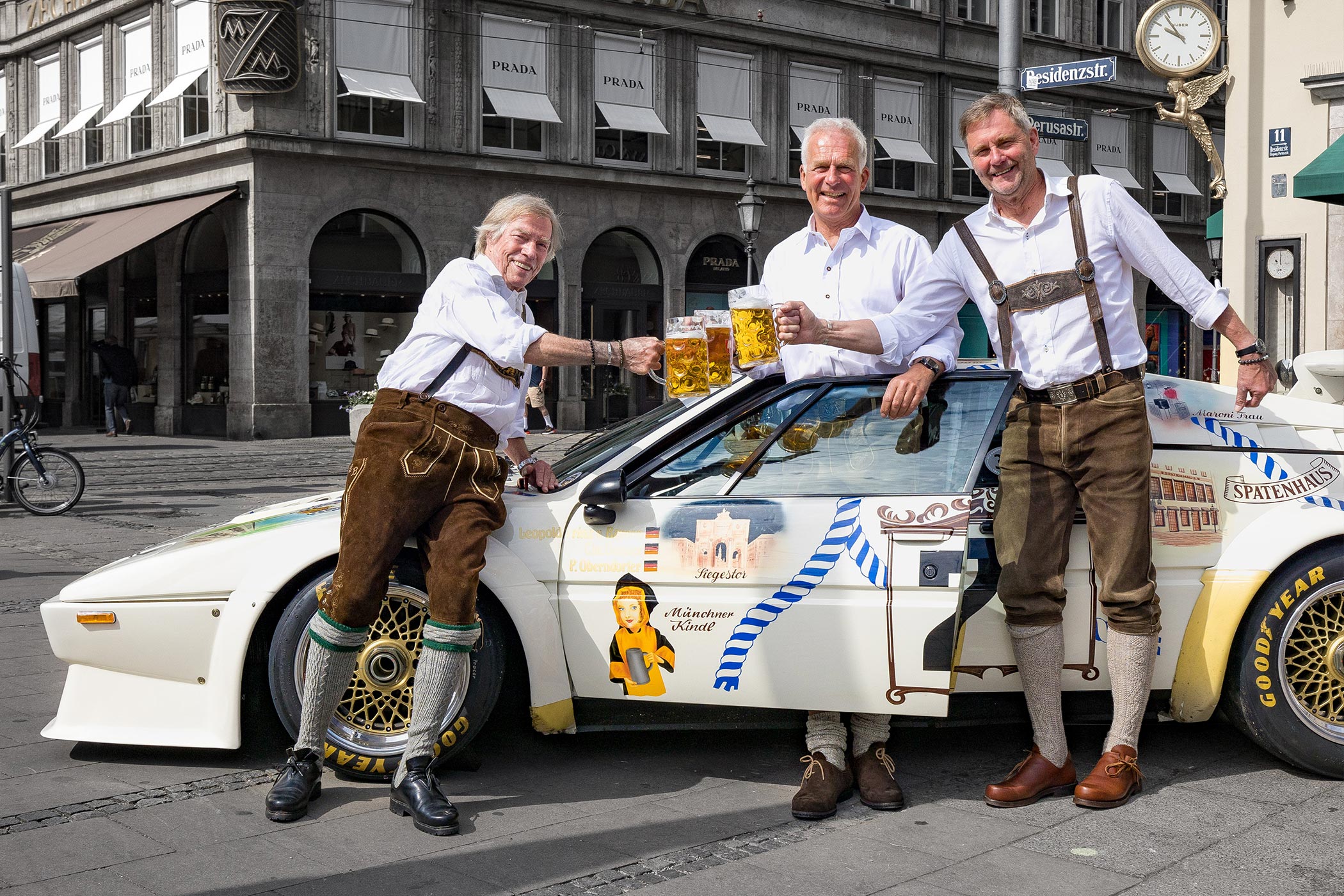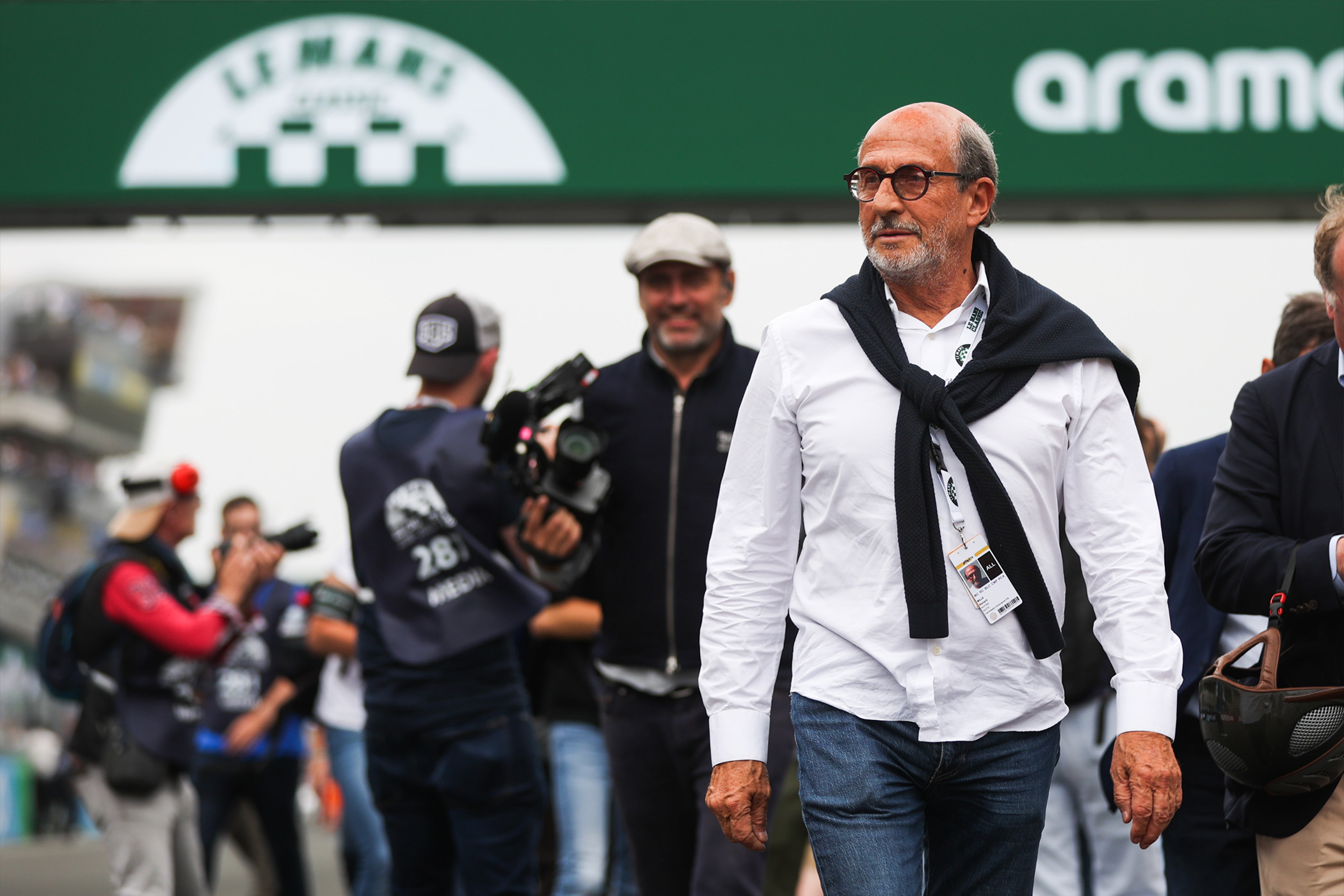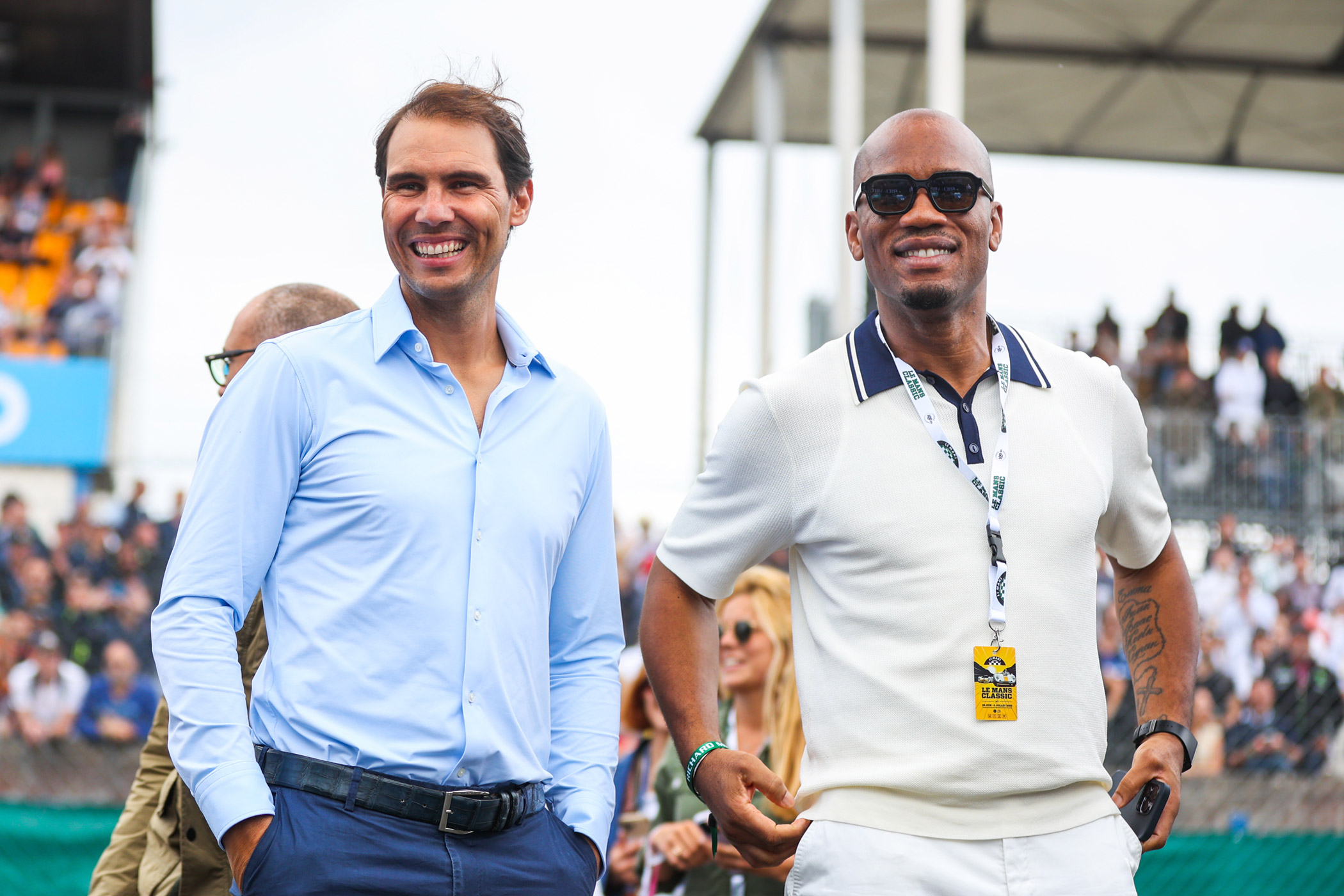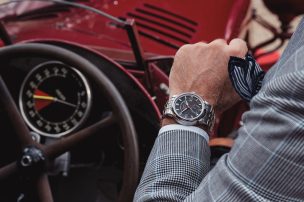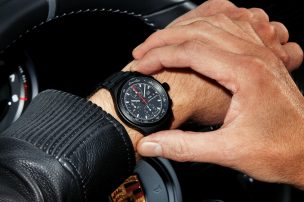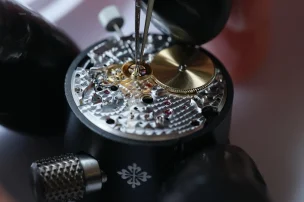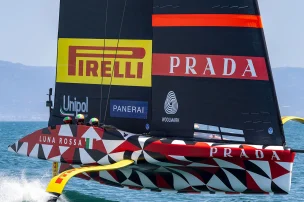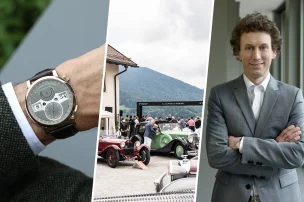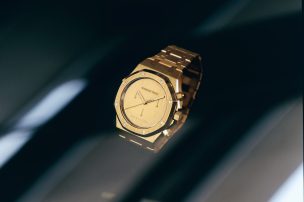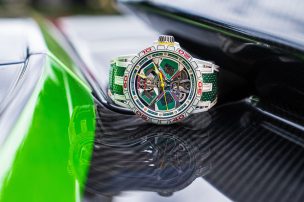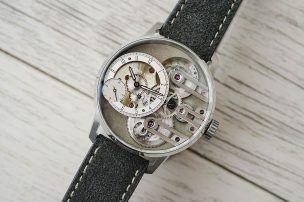
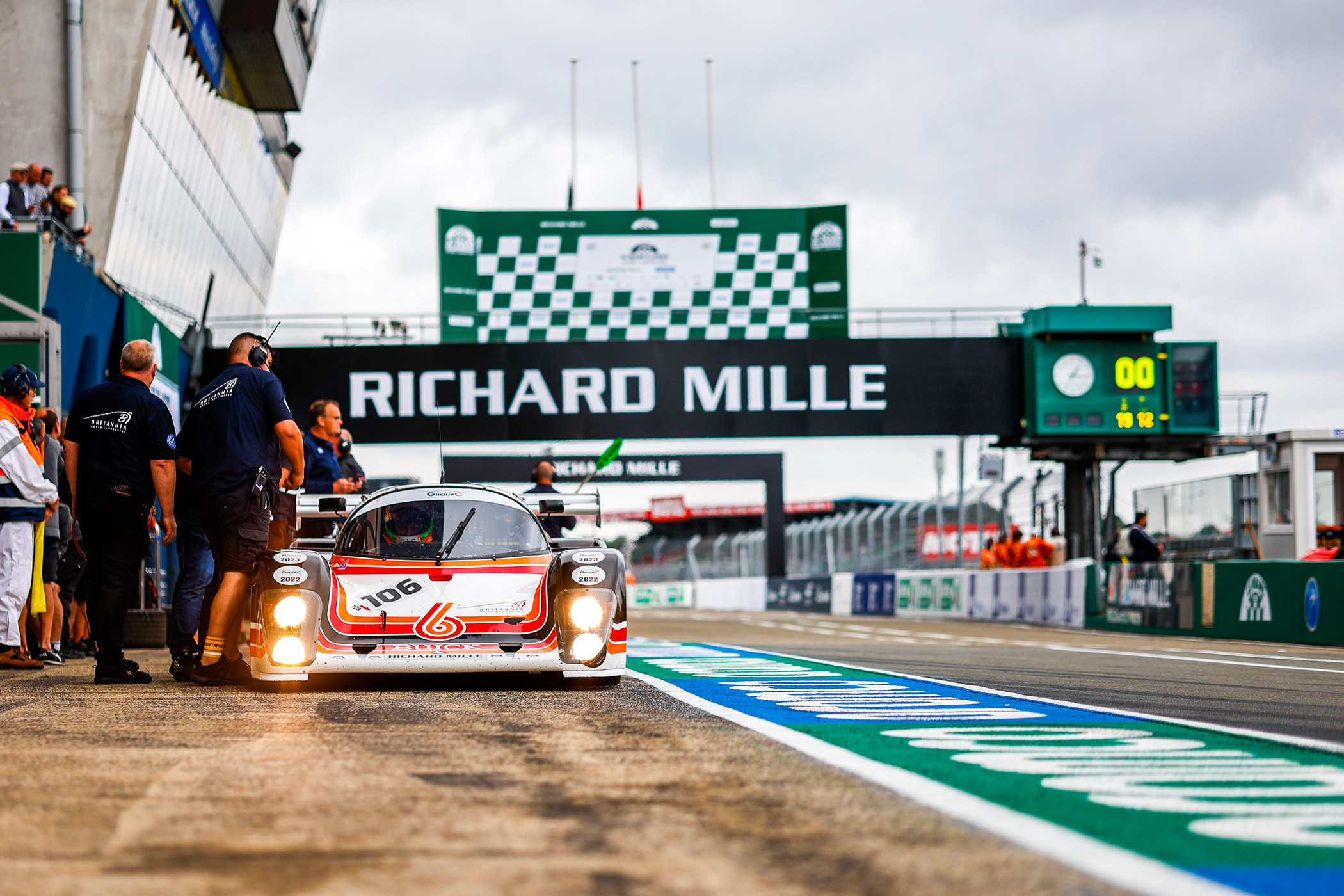
Legendary Classic Cars, Smoking Tyres and a Historic Comeback: The Le Mans Classic 2023 with Richard Mille
Since its founding in 2002, the Le Mans Classic has offered a unique throwback to the iconic 24 Hours of Le Mans. With the active support of Richard Mille, who has been the main sponsor since its conception, the event has firmly established itself in the calendars of classic car enthusiasts around the globe. As the promising cry of ‘Gentlemen, start your engines’ rang out over this year’s Le Mans Classic, the crème de la crème of classic motorsport gathered for the eleventh time to relive the glory of vintage Ferrari, Porsche and Ford cars. But who better to describe the emotions evoked by these races than an active participant? We caught up with Peter Oberndorfer, who celebrated a historic comeback at this year’s Le Mans Classic 2023 and shared exciting insights from a driver’s point of view.
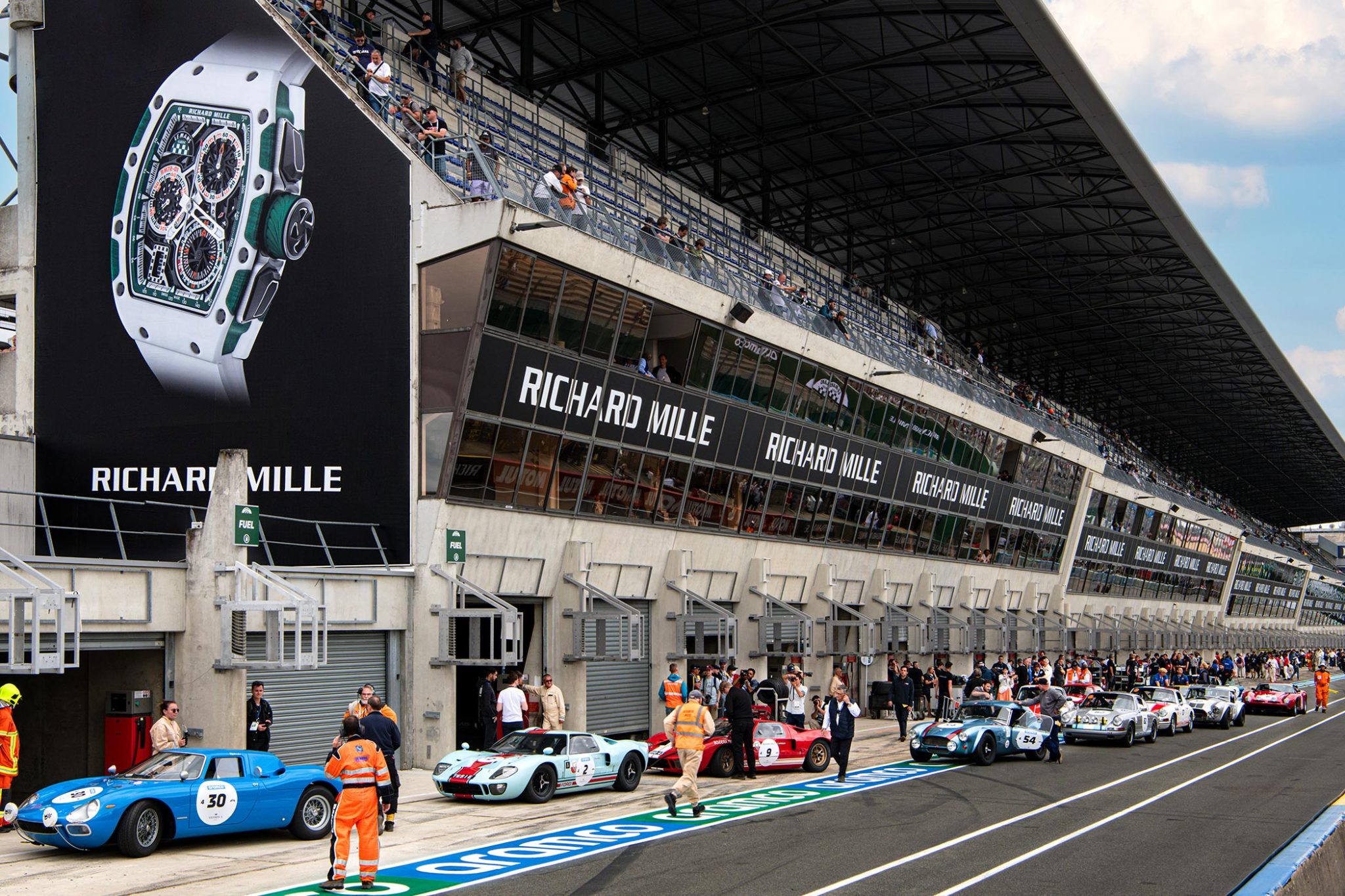
The Le Mans Classic 2023
In a year that marks the centenary of the 24 Hours of Le Mans, this year’s Le Mans Classic 2023 voiced its passion for vintage motor sport more fervently than ever before. The organisers even interrupted the alternating 2-year rhythm in which the event takes usually place. The racing spectacle par excellence for historic automobiles runs day and night, and saw a record-breaking audience this year. The appetites of 235,000 spectators for adrenaline and the smell of burning tyres had to be satisfied – more than ever before. The onlookers watched as 900 drivers of more than 800 racing cars from 1923 to 2010 prepared to catapult this record-breaking audience into another era.
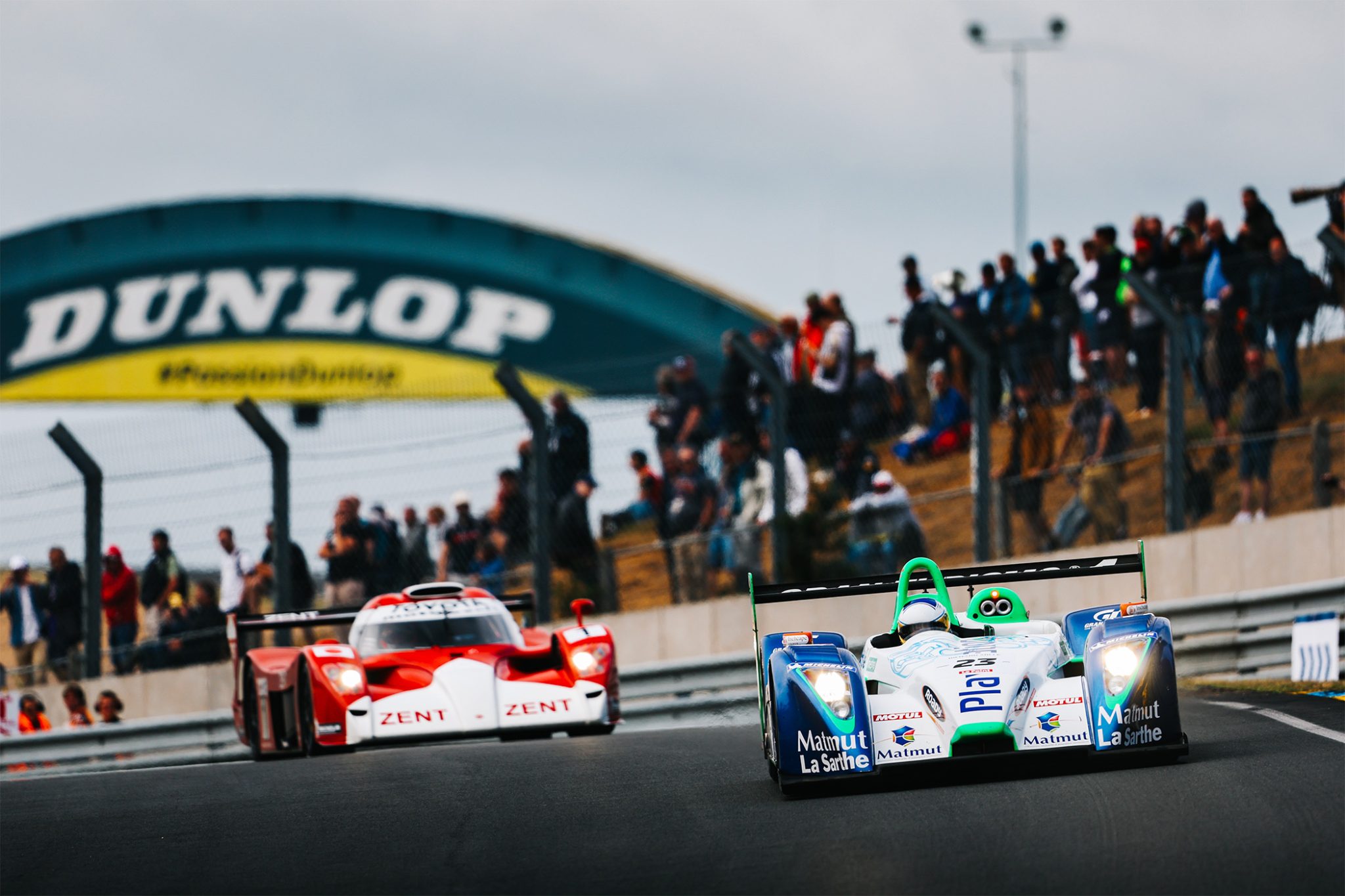
Few other events offer such an opportunity to admire real greats like the Porsche 917, with which Porsche took the overall victory at the 24 Hours of Le Mans for the first time in 1970, the Ferrari 250 LM or the Alpine A442 at the same time. Curiosities such as the Cadillac Monster from 1950, or the Howmet from 1968, which is powered by a gas turbine, triggered both controversy and enthusiastic reactions from the audience. They all belong to the automotive legends that once again prove that they still seek their sporting challenge.
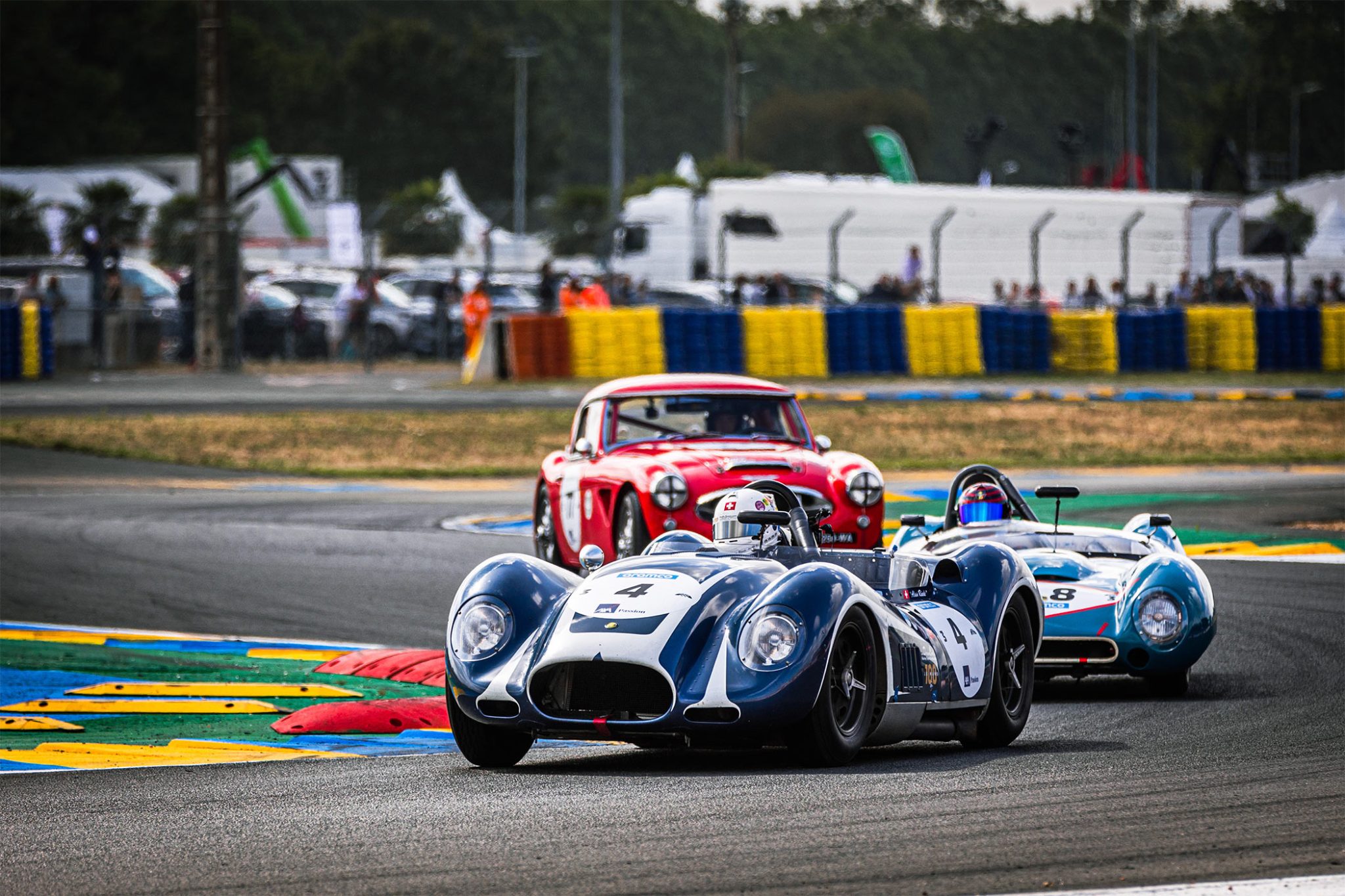
And while the most legendary title in racing is no longer at stake, every single second is still fiercely contested – all of the six vehicle categories battle it out in 45-minute heats during the Classic event. The sum of the laps driven during this time ultimately results in the overall ranking. However, there is one distinctive detail that must not be missed: after half of each run, there is a driver change and at the end the Classic Le Mans start, where the drivers have to sprint to their cars after the starting signal, jump in and start the engine to finally get themselves and their race cars onto the track.
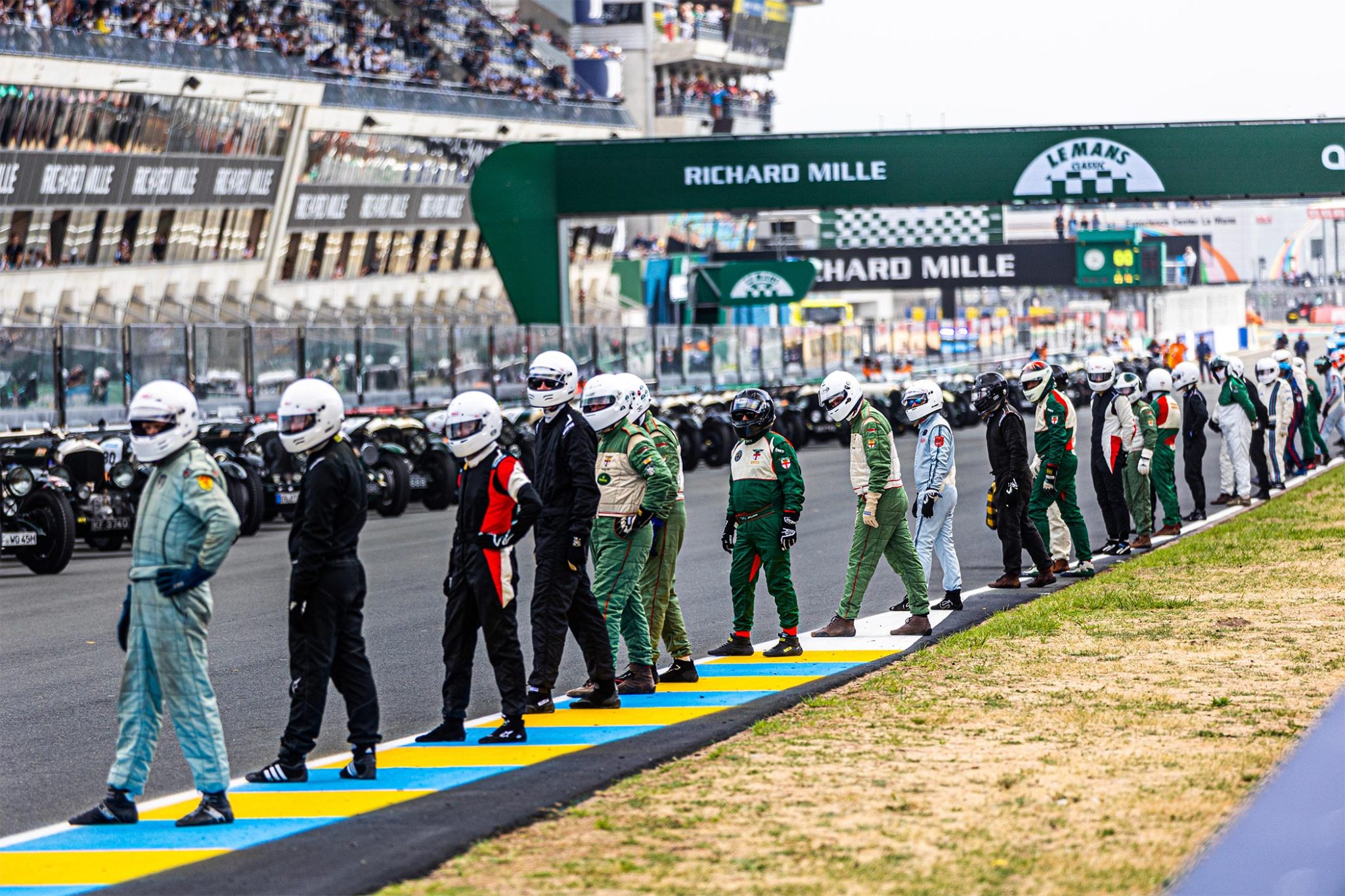
A legendary racetrack
The 13-km long Sarthe racetrack, where the Le Mans Classic takes place, is a historical monument in its own right and very much unique. The track stretches over 9,207 kilometres on public country roads secured for the race in the Le Mans area. In addition, there are another 4,419 kilometres of permanent race track. This high-speed track is driven through with a full-throttle percentage that exceeds a remarkable 85% and represents a great challenge not only for the driving skills, but equally for the racing cars, engines and brakes.
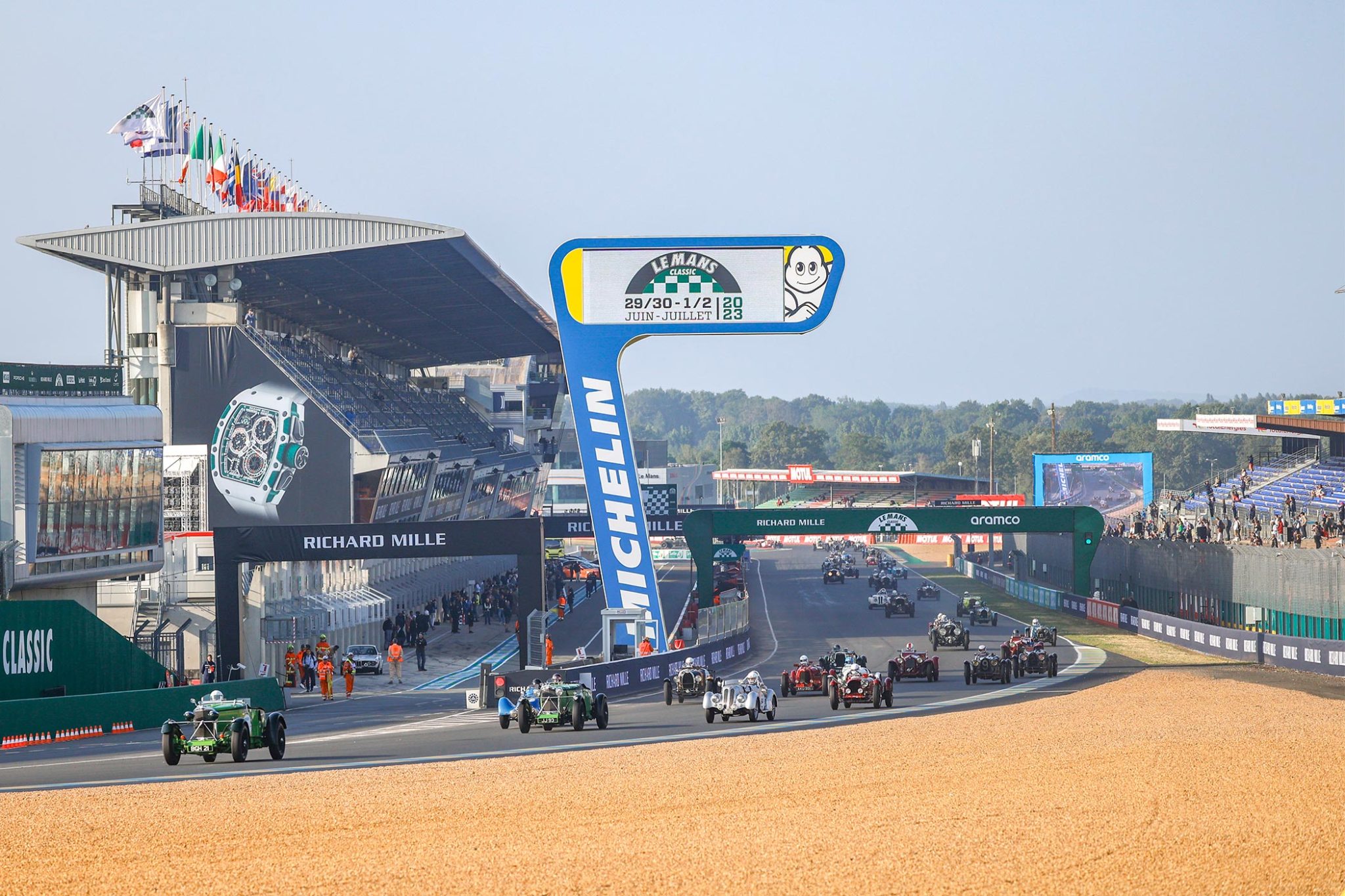
42 Years Later: Peter Oberndorfer celebrates a racing comeback
The Le Mans Classic 2023 is a high-performance festival that is about much more than the enjoyment of frivolities. Let us cast our eyes back to discover exactly what so fascinated passionate racing enthusiasts 50, 60 or even 70 years ago. When the winning cars of the past are rolled out of the museums and the six-, eight- and twelve-cylinder engines are revved up, everyone can feel the atmosphere of a bygone era. Who better to tell us about it than a driver who experienced this epoch for themselves?
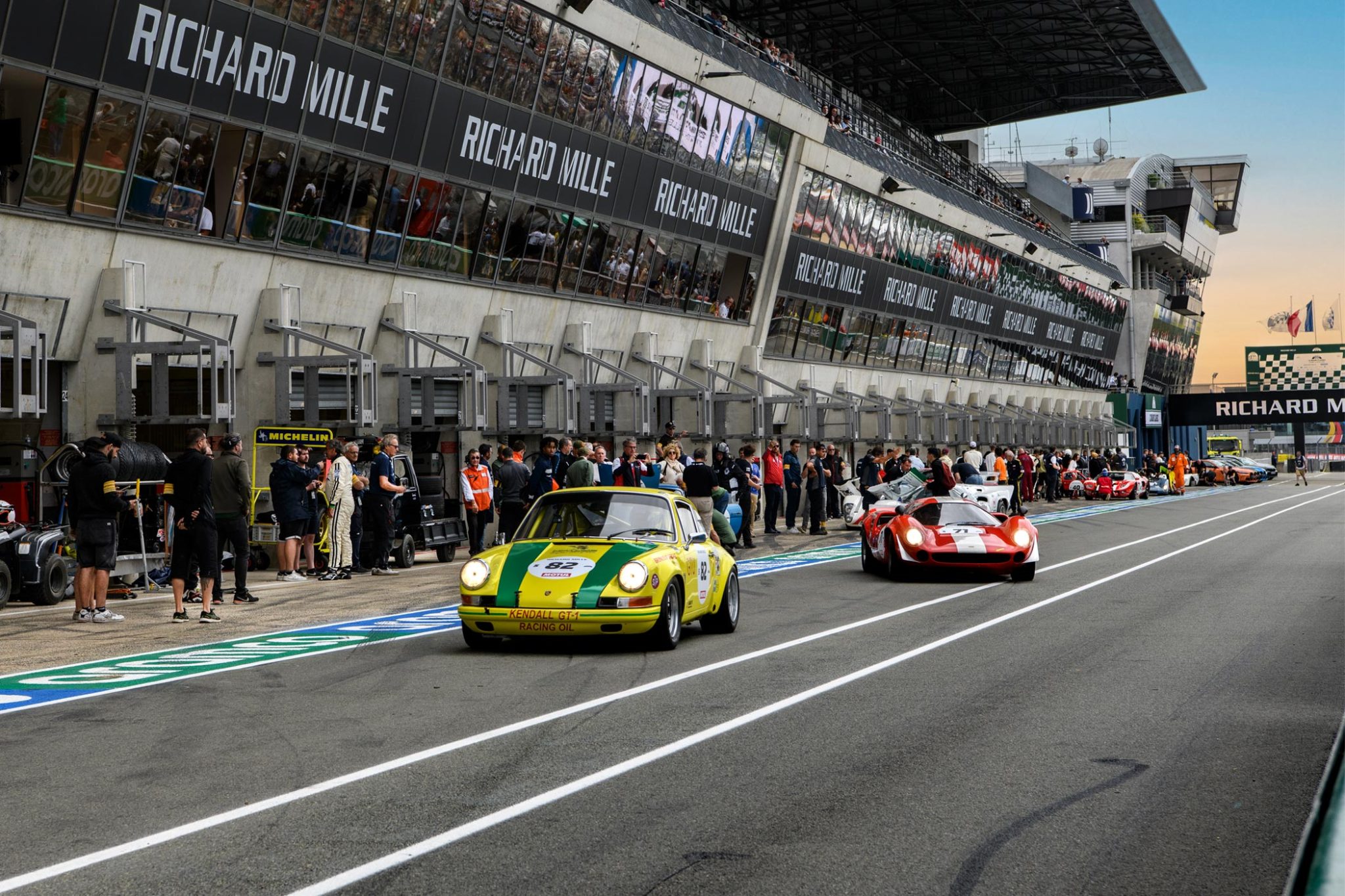
We catch up with Peter Oberndorfer, who took part in the legendary Le Mans 42 years ago and celebrated his racing comeback this year. He was offered the unique opportunity by BMW Group Classic Chief Helmut Käs to repeat his 1981 entry with the same vehicle and the same three drivers. Prince Leopold of Bavaria, Christian Danner and Peter Oberndorfer thus formed the well-rehearsed team for the 11th edition of the Le Mans Classic, which once again brought the lovingly restored M1 onto the racetrack.
Prince Leopold of Bavaria, Christian Danner und Peter Oberndorfer 42 years later
Credit © BMW AG (Gudrun Muschalla)
The race
One rainy night, Peter Oberndorfer found himself racing at almost 250 km/h over the French country roads in Le Mans. It had been 42 years since the original event, and a feeling of nostalgia and excitement that overcame him. And although it was no longer the 24-hour race, the races in six different age groups took place around the clock. This time, the start was scheduled for 3 am on Saturday. As Oberndorfer reports, this was no easy feat for him: “I really had problems keeping myself awake for the start, but once in the car, the adrenaline did its job.”

Credit © BMW AG (Gudrun Muschalla)
The weather cleared, the track dried off, and Oberndorfer drove at a decent pace. On the fifth lap, he handed over the wheel to his partner Christian. But exactly at that moment, when he accelerated into the final straight, the engine let him down – connecting rod weakness. Memories of his earlier race at Le Mans came flooding back. Shortly after midnight, the car returned to the paddock, ready for the next run. Time thus became the most valuable commodity, as an engine change was necessary. His team did an incredible job and rebuilt the clutch as well as the oil tank. “Michi, Markus, Harry, Marco and Sascha did a heroic deed. They managed the impossible and became a show in their own right in the paddock in the process,” Peter Oberndorfer tells us passionately.
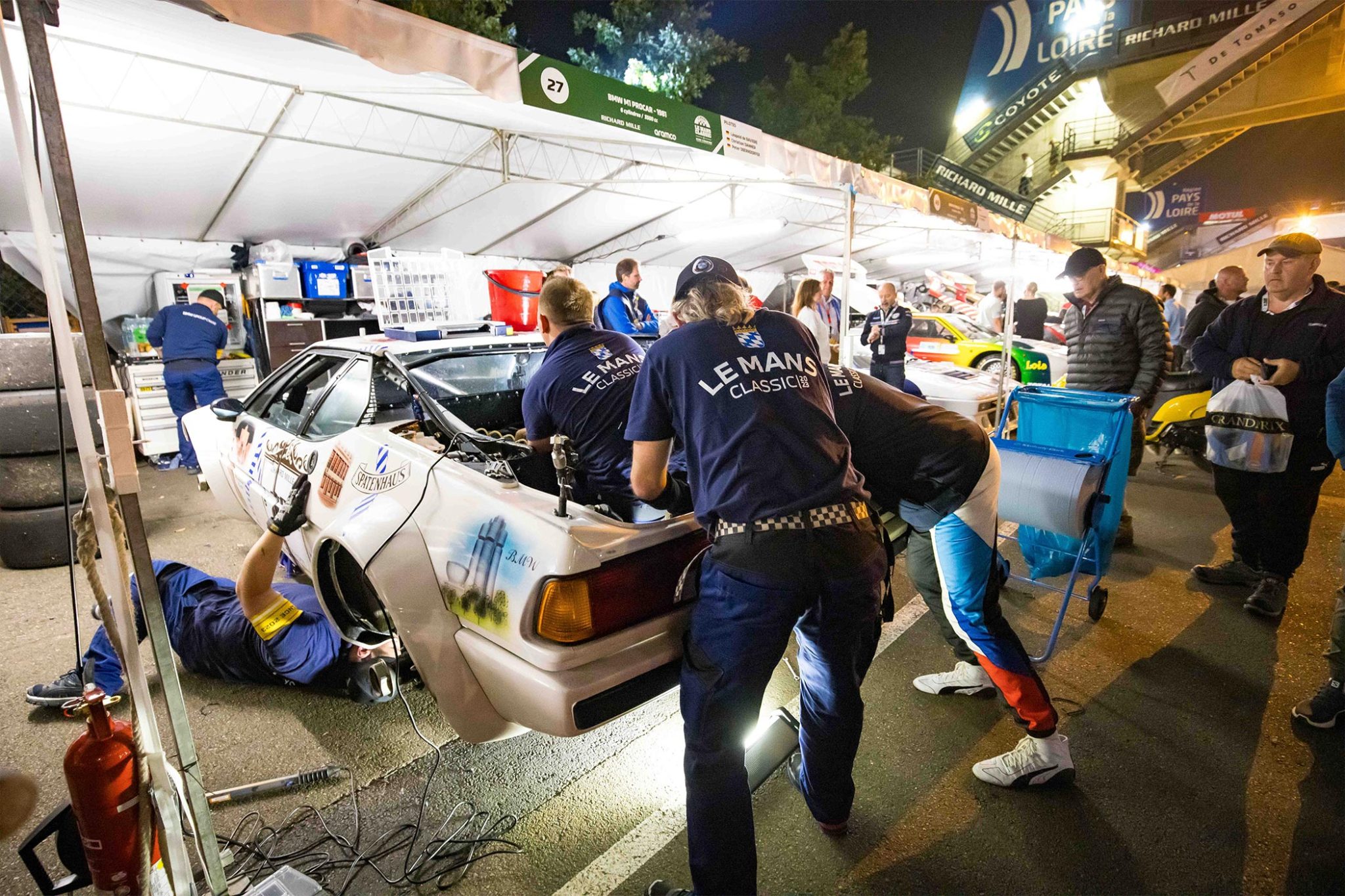
Credit © BMW AG (Gudrun Muschalla)
The engine was running on time, the race started up, and Christian and Poldi put on a trouble-free performance. Despite a difficult starting position, they managed to secure second place for their M1. Oberndorfer’s chance finally came – he was allowed to start the third race on Sunday afternoon in daylight and dry conditions. Thanks to a great lap time that Christian achieved in the second race, he started far in front. The worry of being overtaken from behind accompanied him until the last corner. “The Wirte M1 ran fantastically with the new engine, I successfully fought off a 250 hp more powerful Nascar car and overtook the M1 in front of us.” But the safety car brought an interruption.
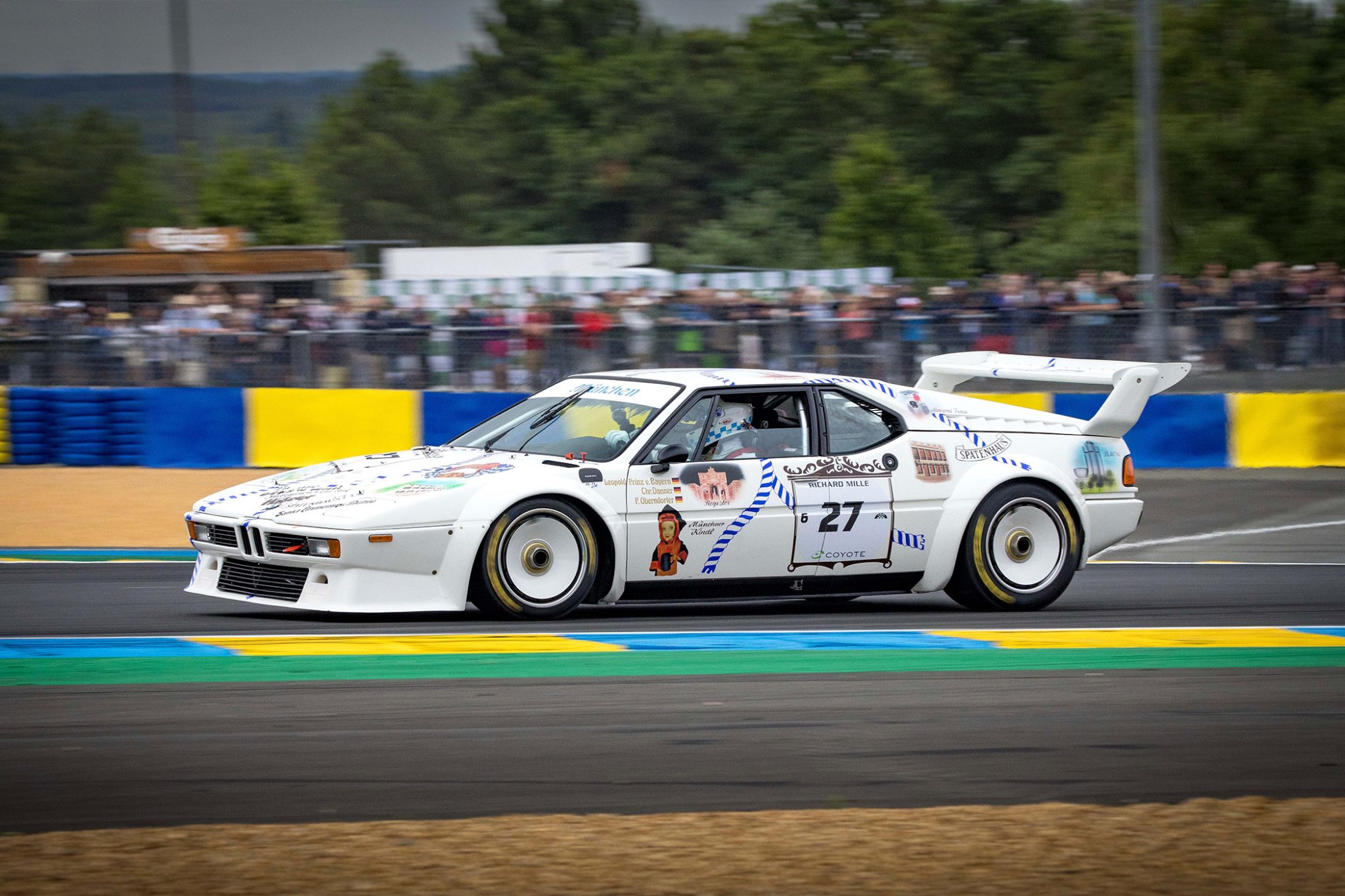
Credit © BMW AG (Gudrun Muschalla)
Leopold took over for the final laps, which were the last of his long racing career. Despite a leaky pipe that sprayed oil on his scrip and restricted his vision, he showed great skill as he drove on almost blind. They reached the finish line and secured third place in their class. Peter Oberndorfer announced: “Mission accomplished after 42 years. In addition, we have shown that we are still competitive – it’s simply awesome!”
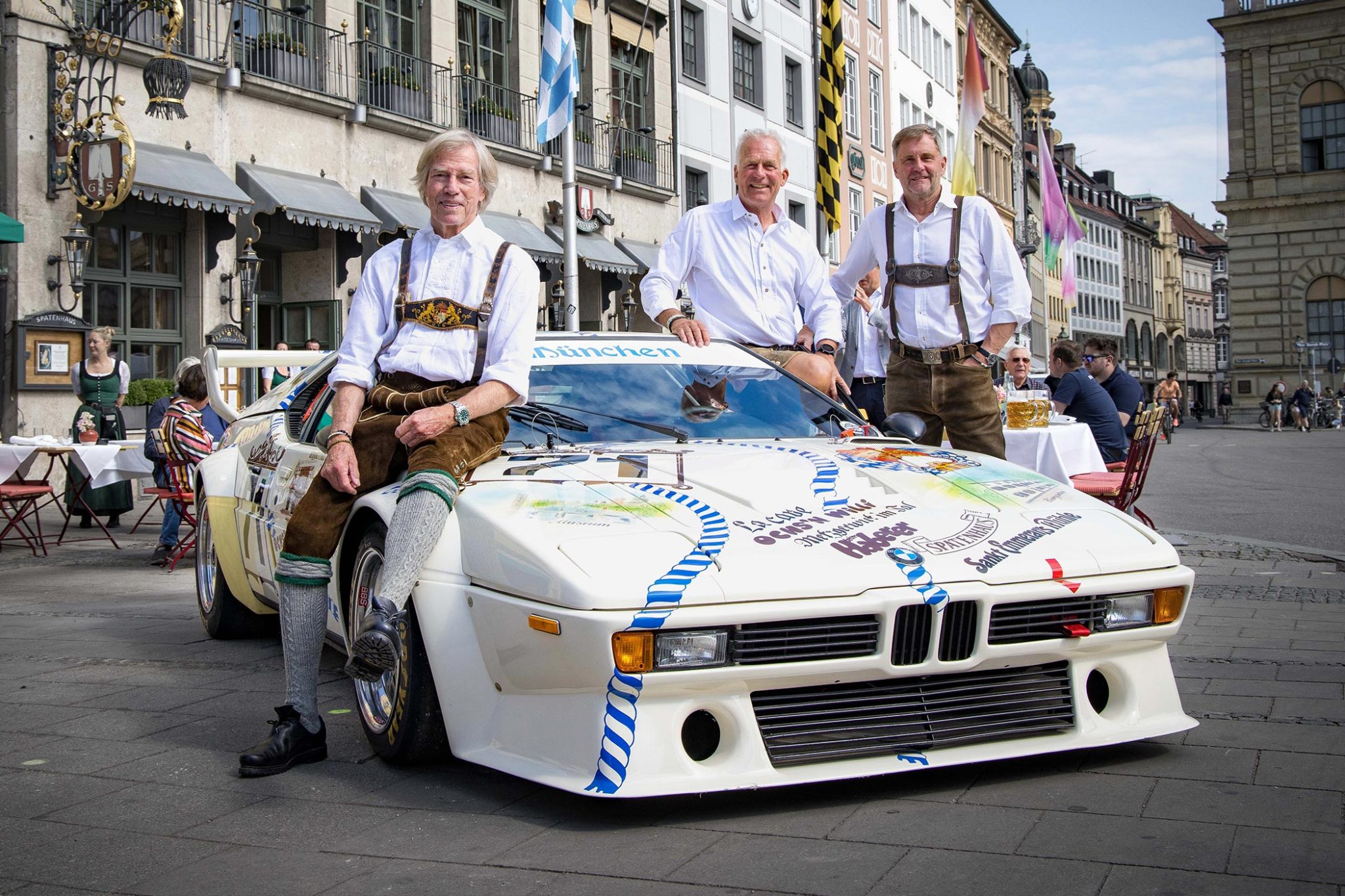
The BMW M1 Procar ‘Münchener Wirte’ (meaning ‘Munich Innkeepers’) in Munich,
featuring Prince Leopold of Bavaria, Christian Danner und Peter Oberndorfer
Credit © BMW AG (Gudrun Muschalla)
The RM 72-01 Le Mans Classic
If you want to name an event where the Richard Mille brand has always been a loyal supporter, then there is no getting past the Le Mans Classic. Although Richard Mille additionally proves how strong his passion for the world of classic cars is as the main sponsor of The ICE St. Moritz and the Nürburgring Classic, the Le Mans Classic feels like a true affair of the heart. As co-founder and sponsor, Richard Mille ensures that classic cars can offer acoustic thrills once again as a promoter of teams, drivers and cars. The event was also opened by his two long-time partners, Rafael Nadal and Didier Drogba.
Rafael Nadal und Didier Drogba opening the Le Mans Classic 2023
To honour the event, Richard Mille has presented a special limited edition for each edition of the Le Mans Classic since 2008, in the colours of the event and at the same time showcasing the watchmaking savoir-faire of the manufacture. Such is the case this year, with the RM 72-01 Le Mans Classic, limited to 150 pieces, featuring a white and green quartz TPT case with matching dial accents and a green rubber strap. The tonneau case measures 38.4mm x 11.68mm x 47.34mm and is identical to the other existing versions of the 72-01.
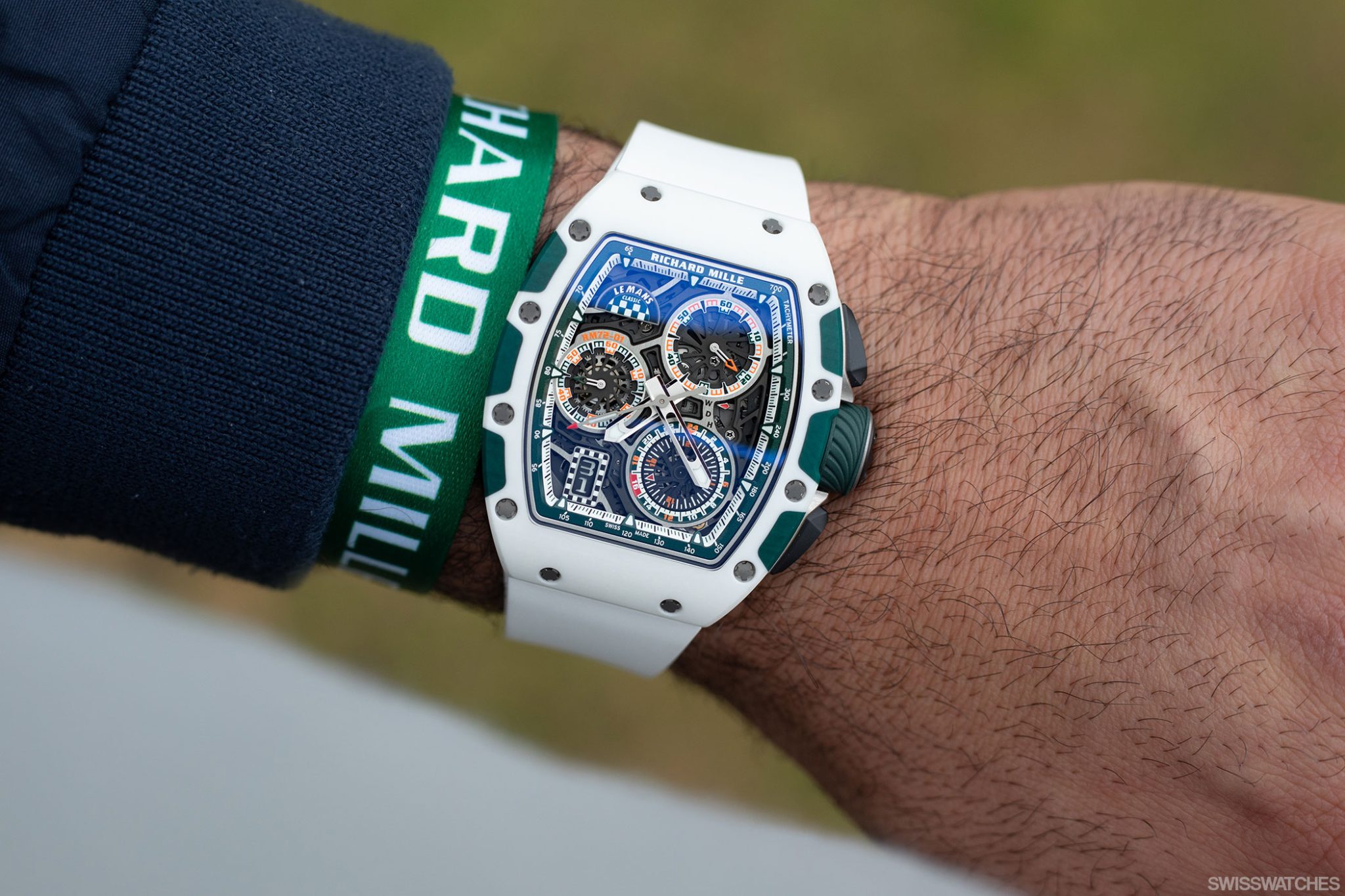
The RM 72-01 Le Mans Classic
Inside the watch, however, it shows why it has earned the special edition name. Namely, the RM 72-01 Le Mans Classic is equipped with the brand’s first flyback chronograph movement, the CRMC-1. The special feature of this calibre is the patented coupling mechanism with two oscillating drives, which ensures that the calibre has a power reserve of 50 hours, regardless of whether the chronograph is in operation or not.
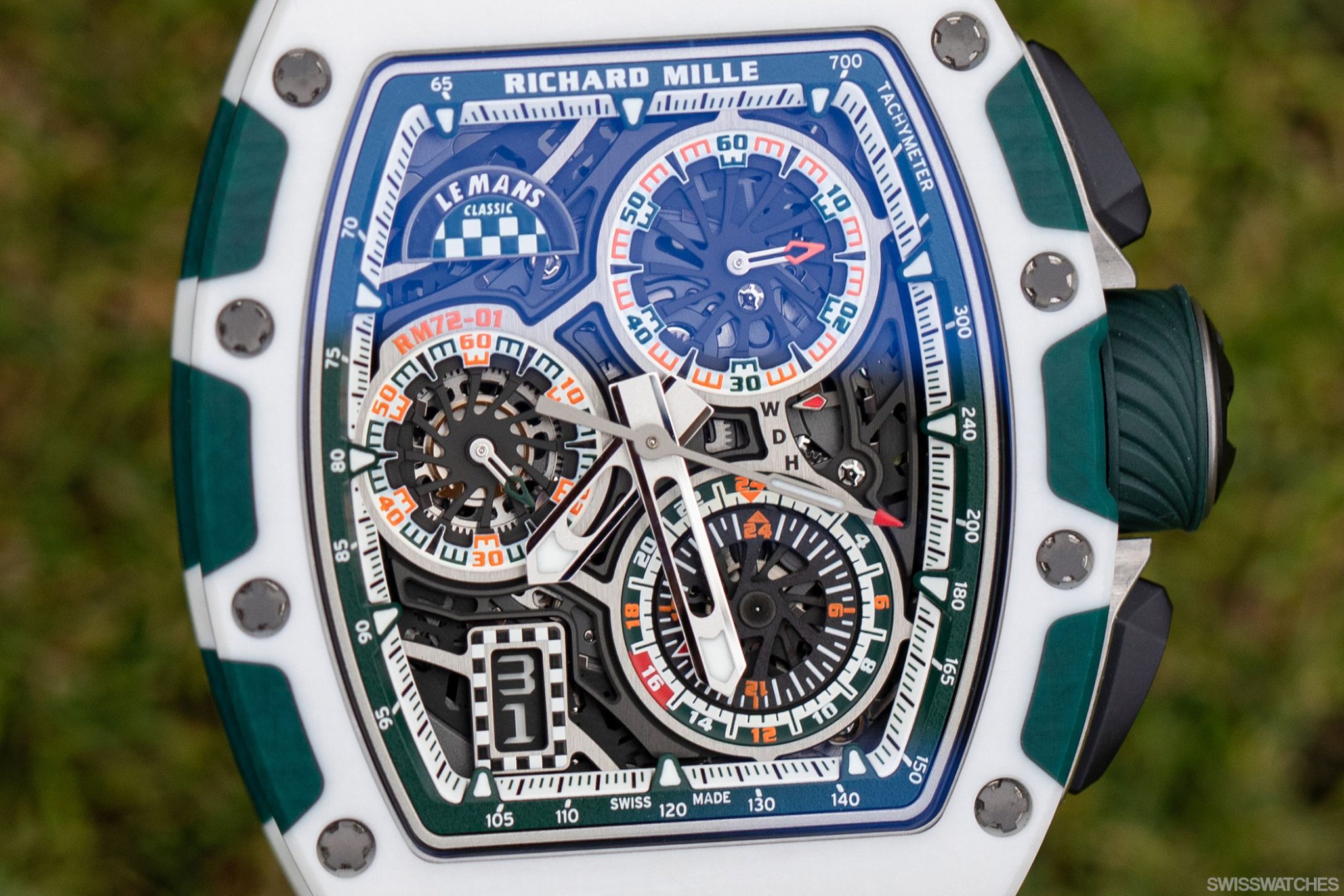
Fundamentally, when it comes to the RM 72-01 Le Mans Classic, Richard Mille is doing what the brand does best: producing a technically impressive watch in small numbers. Thus, it is probably not a coincidence but a smart move to bring a 335,000-euro chronograph to an audience that can afford the luxury of a classic car. Nevertheless, one point is certain: the brand that describes its watches as “A racing machine on the wrist” proves with its Le Mans Classic special editions not only that it has a penchant for valuable watches, but also its captivating passion for racing.
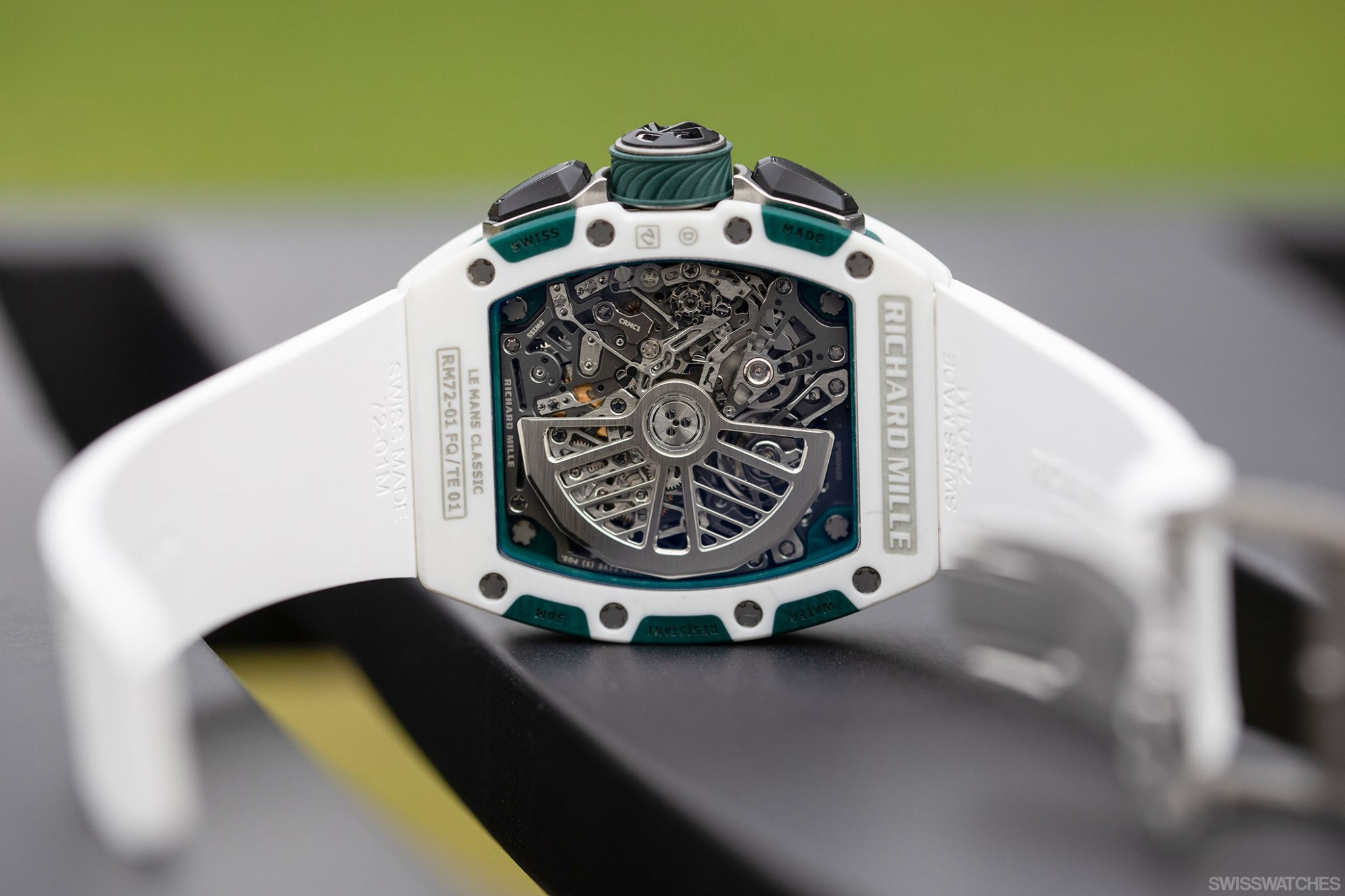
The article by Peter Oberndorfer was made available with the kind permission of OCTANE Magazine, issue 65/23.

